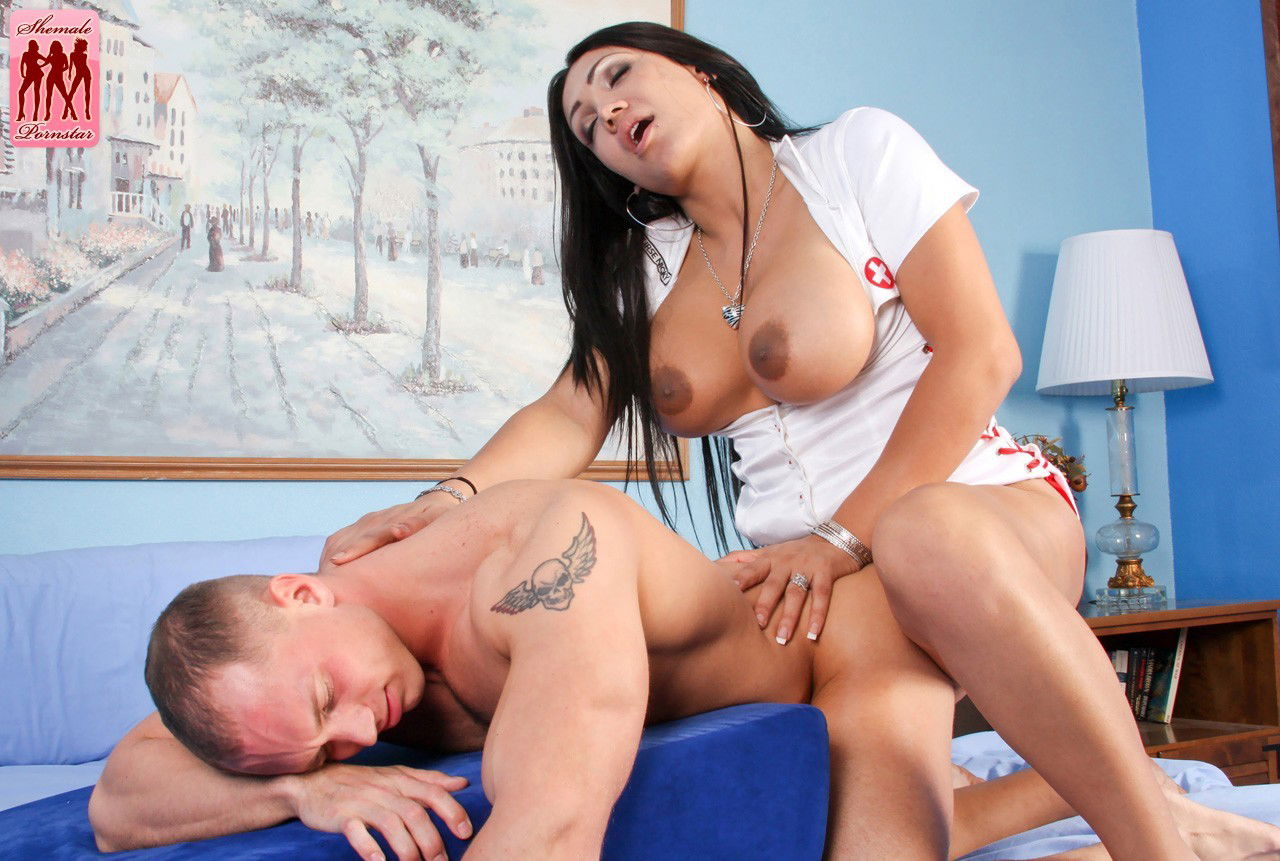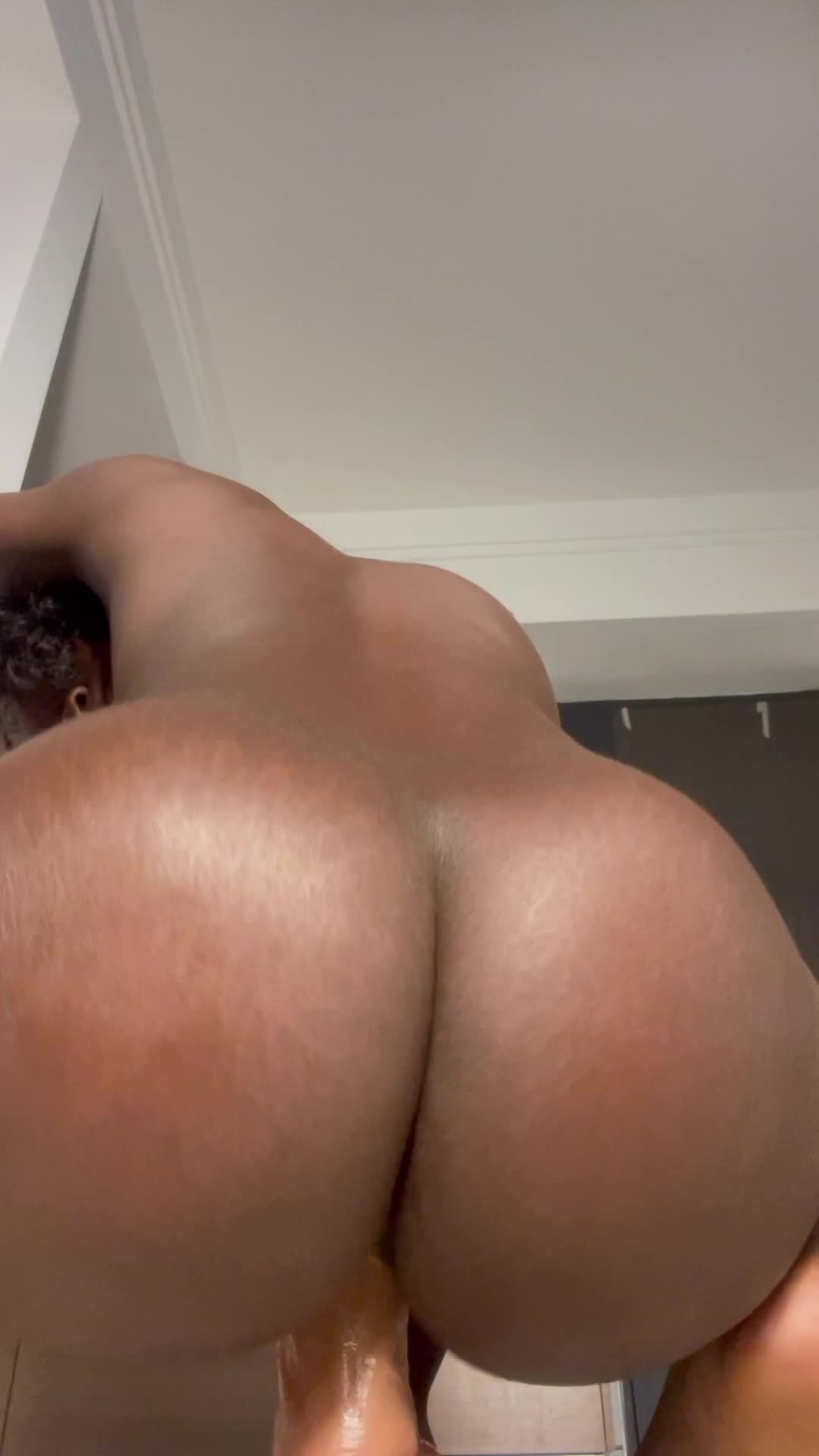Want to get more out of Sharesome? Get Premium!
Sharesome Premium Offer!
#liberator - The hottest posts on Sharesome
The hottest free liberator porn posts on Sharesome. Check out the latest and most popular posts for the hashtag #liberator on Sharesome.
Trying out my new Liberator BonBon while hubby's at work! Would love to also be sucking a hard cock! #Wife #Liberator


Tumblr SEO Tips - 9 Rules to increase your page ranks
Tumblr claims to be “Google optimized” and “as friendly as can be ... See more
Tumblr claims to be “Google optimized” and “as friendly as can be ... See more
Rule number 1 : NO PULLING OUT !
TS loving on Liberator Sex Furniture @johnmagnumxxx
Miriam Micol giving it hard to John Magnum on the Liberator Wedge #p ... See more
Miriam Micol giving it hard to John Magnum on the Liberator Wedge #p ... See more










